Have you ever wondered how some websites pop up first when you search for something online? Well, there’s a special trick called SEO that helps them get there.
Welcome to the beginner’s guide to SEO, or search engine optimization! It’s like knowing the secret paths in a huge forest of websites to get to the front of the line.
Whether you’re starting a blog, selling stuff online, or just want more people to see your website, learning about SEO is like finding a treasure map. Let’s start this adventure and learn how to make your website stand out, using simple steps from A to Z!

How Does SEO Help Boost Your Website’s Visibility?
SEO, or Search Engine Optimization, is the practice of increasing a website’s visibility on search engines like Google & Bing. It involves tweaking your website and content to make it more attractive to these search engines.
The goal is to get your site to show up higher in the list of search results when people look for topics related to what you offer. This is important because websites that appear at the top of search results tend to get more visitors.
SEO includes optimizing your web pages with relevant keywords, improving site speed, ensuring your site is mobile-friendly, and getting other reputable websites to link back to yours. In short, SEO helps your website stand out in the vast ocean of online content.
👉🏻 Ensuring Google Can Index Your Site
Ensuring that Google can index your site is foundational to SEO success. Indexing is the process by which search engines organize information before a search to ensure fast, comprehensive, and relevant search results. If Google can’t find or “read” your content, it won’t show up in search results, making your site invisible to potential visitors. Here’s a step-by-step guide to ensure your site is indexable:
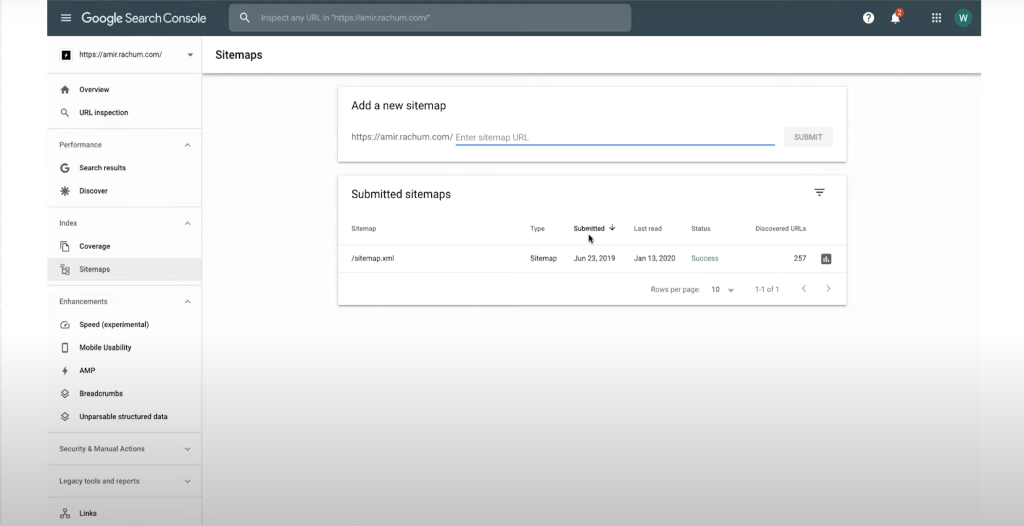
1. Check If Your Site is Indexed
- Use the “site:” search operator in Google (e.g., site:yourwebsite.com). If you see results, your site is indexed. If not, it’s likely not indexed.
2. Create a Sitemap
- A sitemap is a file where you provide information about the pages, videos, and other files on your site, and the relationships between them. You can use various online tools or plugins (like Yoast SEO for WordPress sites) to generate a sitemap automatically.
3. Submit Your Sitemap to Google
- Go to Google Search Console (you’ll need to set up an account if you don’t have one).
- Select your website.
- Navigate to ‘Sitemaps’ under the ‘Index’ section.
- Enter the URL of your sitemap and click “Submit.”
4. Ensure Your Site is Crawlable
- Use a robots.txt file to guide search engine robots on how they can crawl your site. Make sure it’s not blocking any important pages.
- Check for a “noindex” meta tag on your web pages. This tag tells search engines not to index the page. Remove it if you want the page indexed.
5. Improve Site Structure and Navigation
- Ensure your website has a clear, logical structure and easy-to-follow navigation. This helps search engines understand your site better.
6. Use Internal Linking
- Linking internally to other pages on your site helps search engines crawl your site more effectively. It also helps distribute page authority throughout your site.
7. Monitor Index Status with Google Search Console
- Regularly check Google Search Console for insights on how well your site is being indexed. It will also alert you to any issues that might be preventing indexing, such as crawl errors.
What If Your Site Isn’t Being Indexed?
If your site isn’t being indexed, consider the following actions:
- Ensure your website is live and accessible to both users and search engines.
- Check for server errors or incorrect directives in your robots.txt file that might block search engines.
- Improve website loading speed; slow websites can be deprioritized by search engines.
- Ensure your content is original and valuable. Duplicate or thin content might not be indexed.
By following these steps, you make it easier for Google to index your site, which is the first step towards achieving a good ranking in search results. Remember, SEO is a long-term strategy, and getting indexed properly is just the beginning.
👉🏻 Keyword Research
Keyword research involves identifying the terms and phrases people use in search engines related to your website, products, or services.
This process is crucial for SEO because it helps you understand the language of your potential visitors and optimize your content accordingly.
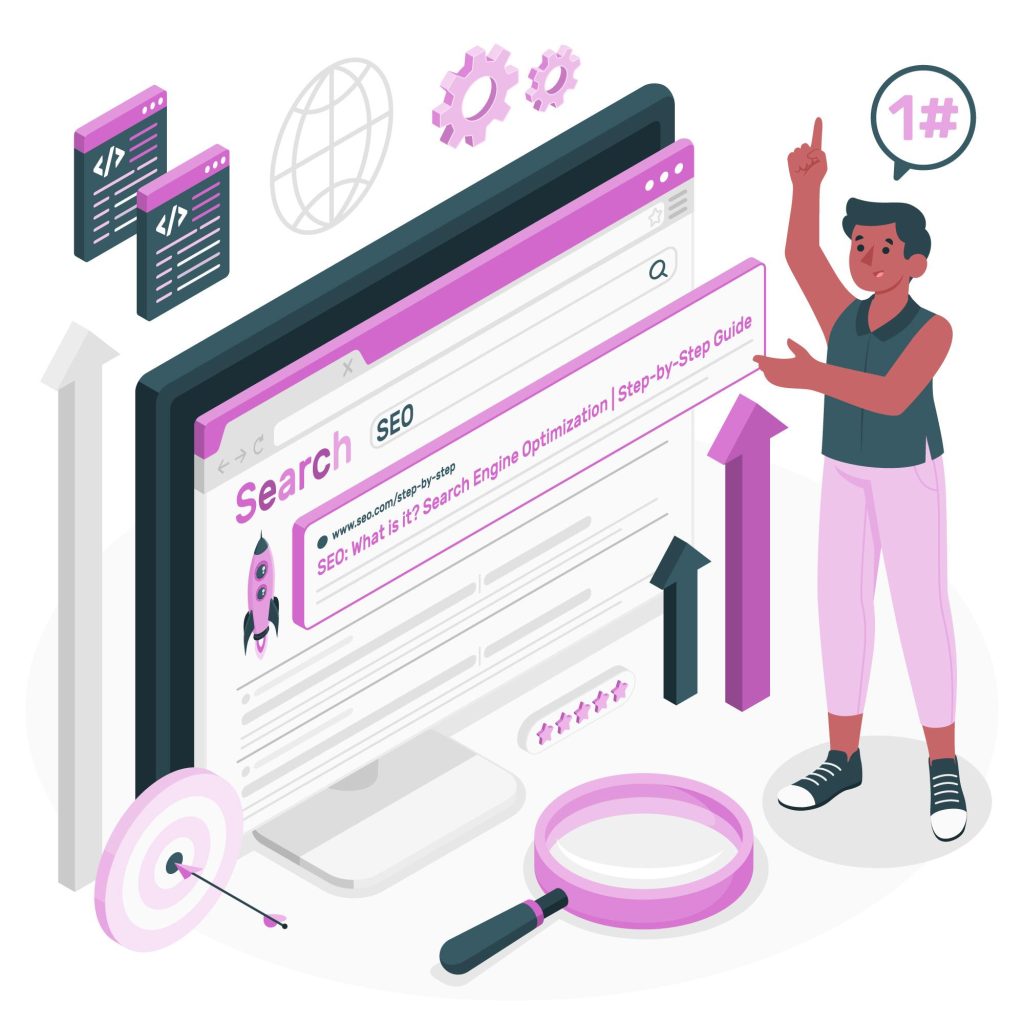
By integrating these keywords into your website’s content, meta tags, and URLs, you make your site more relevant to those searches. This relevance boosts your visibility in search engine results, drawing more targeted traffic to your site.
Essentially, keyword research bridges the gap between users’ search queries and your content, ensuring that your site meets the needs and interests of your audience, thereby improving your site’s ranking and visibility.
👉🏻 Content
Content is the information and experiences shared on your website to engage and inform visitors. For content to rank well on Google, it must adhere to several key principles:
Relevance
Content must be relevant to the search queries it aims to rank for. This means understanding the intent behind search terms and providing answers or solutions that match.
Quality
High-quality content is original, informative, and adds value beyond what’s available on other sites. Google prioritizes content that demonstrates expertise, authoritativeness, and trustworthiness (E-A-T).

User Engagement
Engaging content keeps users on the page longer, reducing bounce rates and signaling to Google that the content is useful. This can include the use of multimedia, interactive elements, and clear, compelling writing.
Optimization
Content should be optimized for search engines through the strategic use of keywords, without overstuffing. This includes incorporating keywords into titles, headings, meta descriptions, and naturally within the text.
Freshness
Regularly updating your site with new content or updating existing content can signal to Google that your site is current and providing up-to-date information.
Structure
Good content is well-structured and easy to read, using headings, subheadings, bullet points, and short paragraphs. This helps with both user experience and search engine crawling.
Mobile-friendliness
With a significant portion of searches conducted on mobile devices, content must be accessible and readable on all screen sizes.
Speed
Content that loads quickly provides a better user experience and is favored by Google. Optimize images and videos to ensure they don’t slow down your page.
By focusing on these aspects, your content is more likely to satisfy user needs and, as a result, rank higher on Google. Remember, the ultimate goal of content is to serve the user’s intent and provide a satisfactory answer or solution to their search query.
👉🏻 User Experience
User Experience (UX) refers to the overall experience a person has when interacting with a website or web application, encompassing aspects such as ease of use, accessibility, and efficiency in achieving their desired outcome. In the context of SEO, UX is critically important for several reasons:
1. Engagement and Satisfaction:
Websites that are easy to navigate and understand tend to keep users engaged for longer periods of time. Satisfied users are more likely to return, convert, and recommend the site to others, indirectly boosting its SEO through increased traffic and engagement metrics.
2. Search Engine Ranking Signals:
Search engines like Google use various UX-related factors as ranking signals. These include mobile-friendliness, page loading speed, and secure browsing. A positive UX can lead to improvements in these areas, thereby enhancing a site’s SEO performance.
3. Reduced Bounce Rates:
A good UX design helps reduce bounce rates—the percentage of visitors who leave the site after viewing only one page. Lower bounce rates indicate to search engines that the content is relevant and valuable, potentially leading to better search rankings.

4. Enhanced Content Consumption:
User-friendly design and clear content hierarchy make it easier for visitors to consume and understand content. When users find value in a site’s content, they’re more likely to share it, generating additional traffic and backlinks, which are beneficial for SEO.
5. Voice Search Optimization:
As voice search becomes more popular, UX plays a role in optimizing for these queries. Sites that provide clear, concise answers and have structured data are more likely to be featured in voice search results.
6. Increased Conversions:
Ultimately, a site that ranks well but fails to offer a good user experience is less likely to convert visitors into customers or followers. SEO isn’t just about driving traffic—it’s about attracting the right kind of traffic and then converting that traffic into meaningful action.
👉🏻 On-page SEO
On-page SEO involves optimizing individual web pages to rank higher in search engines and attract more relevant traffic. It focuses on tweaking content and HTML elements—like titles, meta descriptions, and headings—to include targeted keywords and improve the page’s visibility.
This practice is crucial because it directly impacts how search engines understand and value your content, influencing your site’s ranking for specific queries.
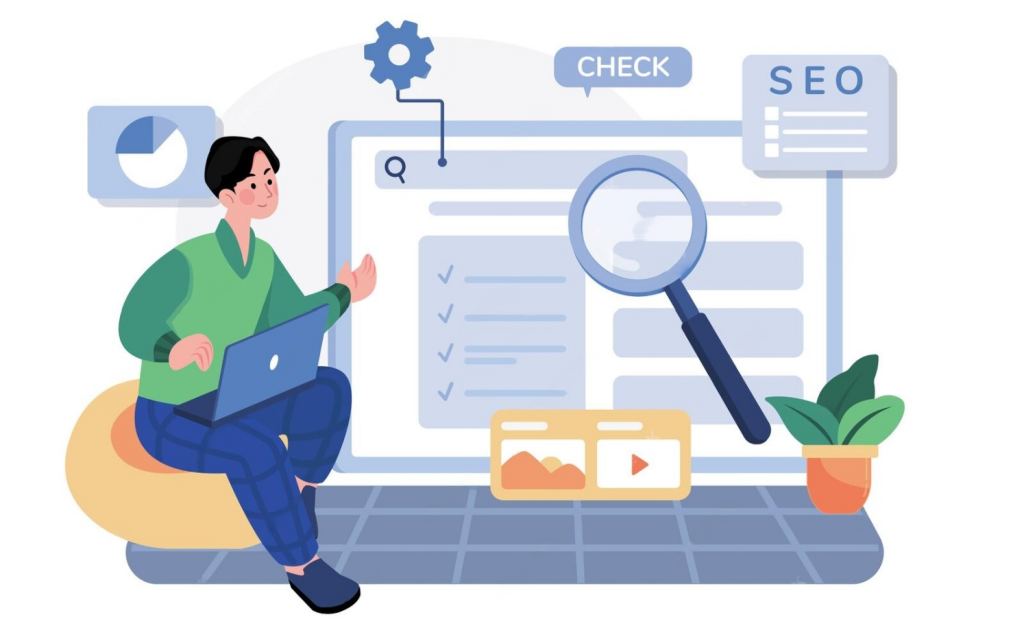
Additionally, on-page SEO enhances the user experience by making your site more usable and accessible, which can further boost your rankings.
Essentially, it’s a fundamental aspect of SEO that you have complete control over, enabling you to make immediate improvements to your site’s search performance.
👉🏻 Link building
Link building is the process of acquiring hyperlinks from other websites to your own. It’s crucial in SEO because search engines like Google use these links as a major ranking signal.
Links from reputable sites act as endorsements, suggesting that your content is valuable and trustworthy. The more high-quality links your site has, the higher it’s likely to rank in search engine results.
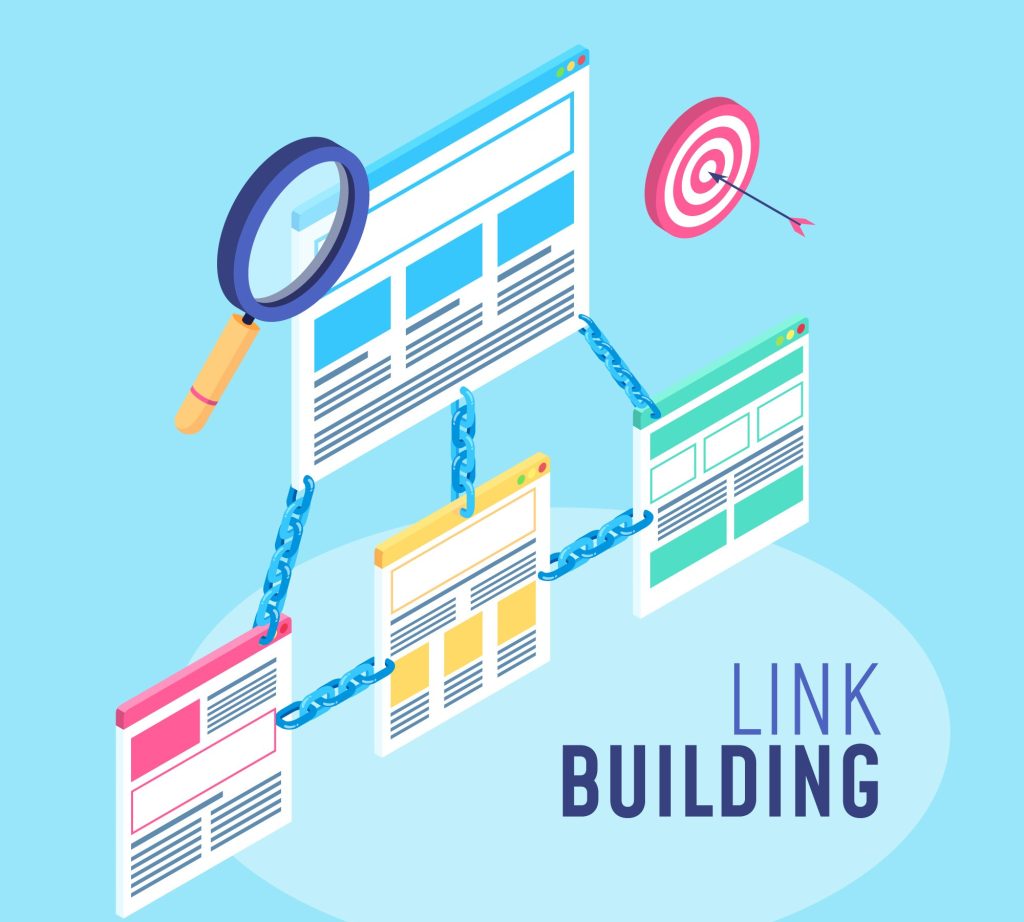
This not only improves visibility but also drives more organic traffic to your site. Essentially, link building enhances your site’s authority and credibility, which are key factors in search engine algorithms, making it an essential strategy for boosting SEO performance.
👉🏻 Technical SEO
Technical SEO involves optimizing the infrastructure of your site to help search engines crawl and index your content more effectively. It includes aspects like site speed, URL structure, secure connections (HTTPS), and mobile-friendliness.

Why it’s important: Without a solid technical foundation, your site may struggle to rank well, regardless of the quality of your content or the strength of your backlinks. It ensures that search engines can access, crawl, and interpret your site without any problems.
👉🏻 Mobile SEO
Mobile SEO focuses on optimizing your site for users on mobile devices. This includes making sure your site is responsive, loads quickly on mobile, and has a user-friendly layout on smaller screens.
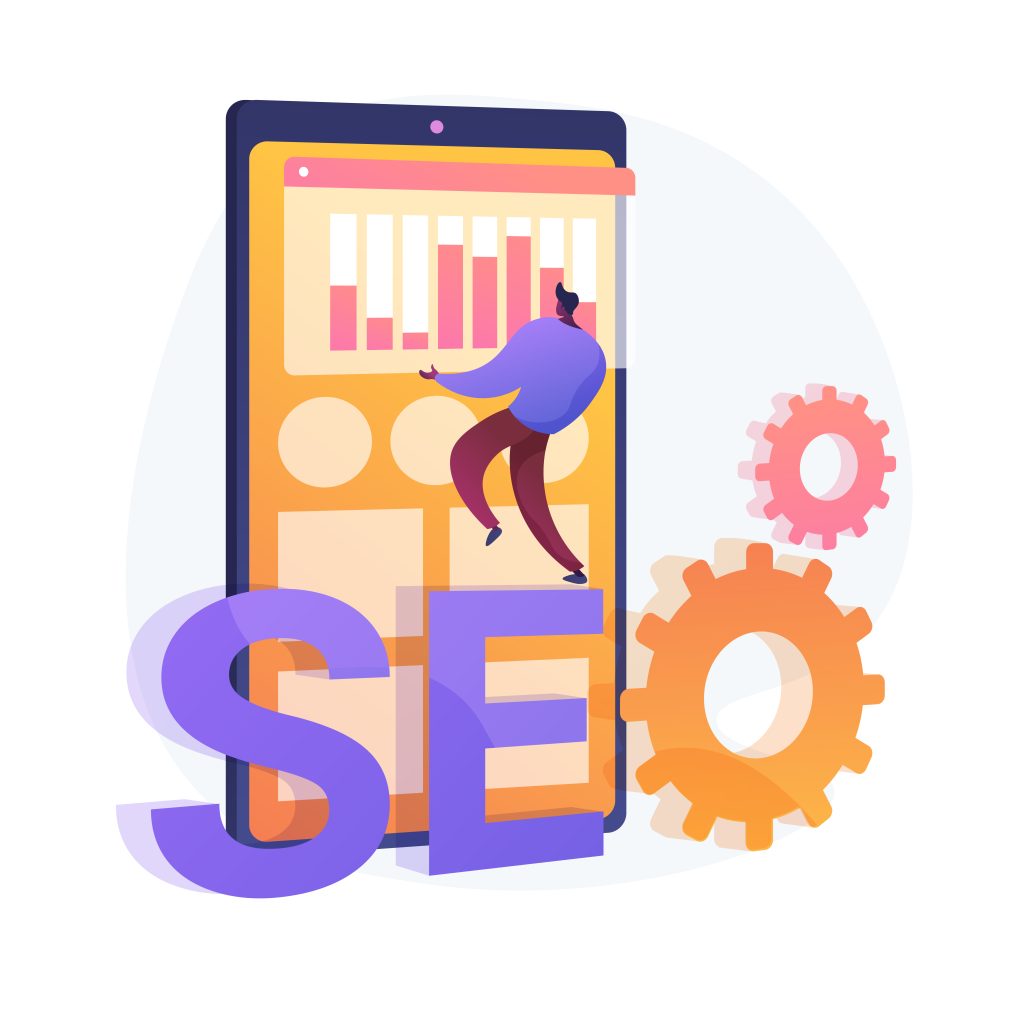
Why it’s important: With over half of global web traffic coming from mobile devices, and Google’s mobile-first indexing, optimizing for mobile is essential for reaching the widest audience and performing well in search results.
👉🏻 Measuring SEO Success
Measuring SEO success involves tracking various metrics to evaluate the performance of your SEO efforts. Common metrics include organic traffic, ranking positions for target keywords, click-through rates (CTR), and conversion rates.

Why it’s important: Without measuring your SEO success, you won’t know which strategies are working, where to improve, or how to allocate your resources effectively. It helps you make informed decisions to enhance your SEO strategy.
🔥 Final Says
Starting with SEO might feel like a big task, but it’s key to helping your website get noticed online, whether you have a blogging website or a e-commerce website. Begin with the basics: use the right words that people search for, make your website easy to use, and create interesting content.
Then, try to get other websites to link to yours, and make sure your site works well on phones too. SEO takes time—it’s not a quick fix, but more of a long journey.
Keep trying different things, see what improves your site’s place in search results, and keep learning as you go. Stick with it, and over time, your website can become a favorite spot for visitors, helping you reach your online goals.